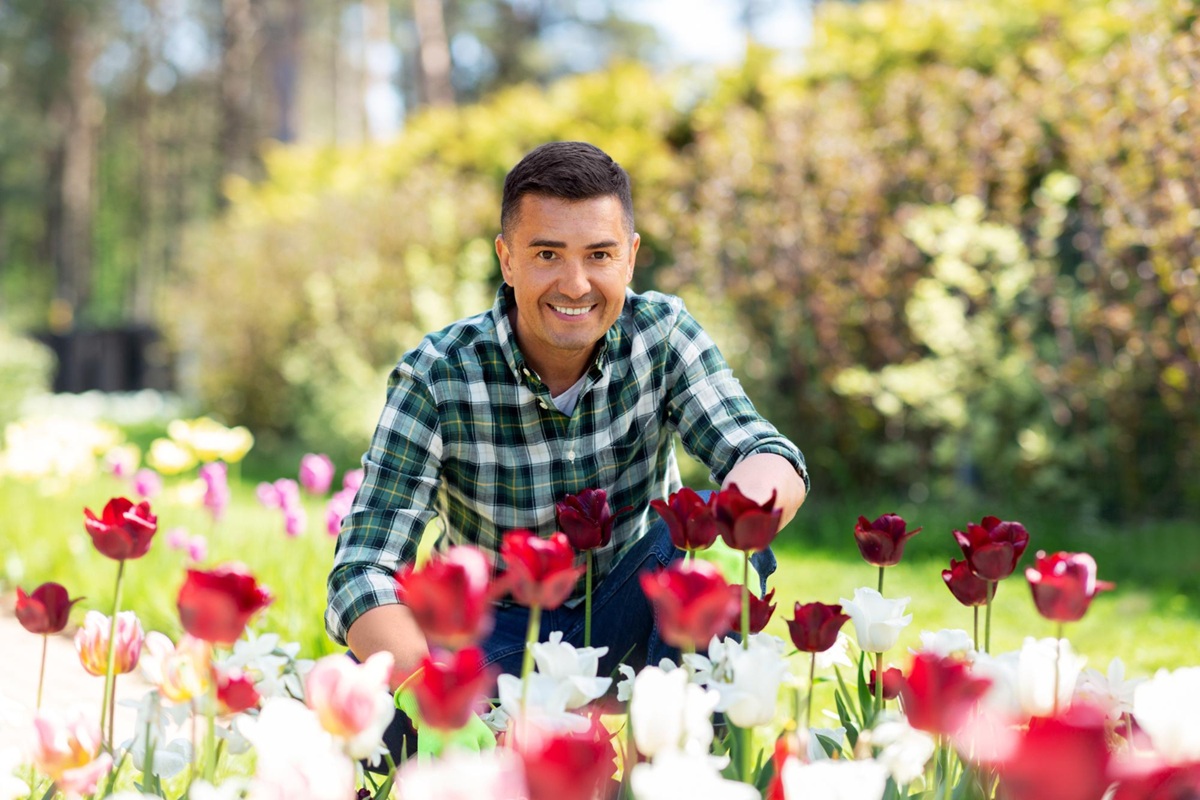Is your garden struggling every summer despite your care? Do you feel like you spend all your time watering without seeing satisfactory results? Instead, consider opting for ultra-resilient perennials. These plants, naturally adapted to dry and hot conditions, will enhance your garden while saving you time and water.
Why Choose Perennials Adapted to Dry Terrain?
Summer droughts are becoming more frequent, often accompanied by water restrictions. So why persist with flowers that require abundant irrigation when you can achieve a beautiful garden with less effort?
Planting drought-resistant perennials offers many practical advantages:
- Significant reduction in water consumption and savings on watering.
- Natural renewal each year: no need for annual replanting.
- Easy maintenance: these plants require minimal attention.
- Attraction of pollinating insects: great for biodiversity.
- Protection of soil from erosion thanks to their deep roots.
Between September and October is the ideal time to plant these robust species. The remaining warmth in the soil encourages strong root development before the cold sets in.
1. Lavender, The Robust Star from the South
Perhaps the most cherished of the resilient Mediterranean plants, lavender beautifully scents the air while standing up remarkably well to drought.
Ideal conditions and maintenance for lavender
- Location: full sun required
- Soil: draining, preferably rocky or sandy
- Height: 40-60 cm depending on the variety
- Blooming: from June to August
- Hardiness: about -15°C for common lavender
Be sure to avoid overly wet soil, as it can cause this emblematic southern plant to perish. Lavender thrives in simple, dry soils. A light pruning after flowering will invigorate the plant. Whether in pots, hedges, or borders, it will even deter aphids.
2. Sedum, The Succulent That Defies Drought
Sedums, or stonecrops, are exceptionally easy to grow due to their thick leaves, which serve as natural water reserves.
Choose your sedums based on your needs:
- Trailing sedums: perfect ground covers, such as Sedum album or Sedum acre.
- Upright sedums: for structuring flower beds (Sedum spectabile, ‘Autumn Joy’).
Conditions for success: They thrive in poor to average well-drained soils. Just a few cuttings planted in the summer will quickly yield new plants.
3. Purple Coneflower: The Calm Force from the Prairies
If you love the wild outdoors, choose purple coneflower, which effortlessly brings color and height to sunny flower beds.
Easy and low-maintenance growing:
- Exposure: full sun is essential
- Soil: even tolerates calcareous soils
- Blooming: from July to September
- Height: reaches easily up to 1 meter
- Hardiness: withstands up to -25°C without issue.
After two to three years of establishment, the purple coneflower can endure prolonged droughts effortlessly. If you want to attract butterflies and birds, leave the seed heads standing through winter.
4. Gaura: Lightness and Airy Charm in Your Dry Garden
With its airy flowers, gaura adds finesse and lightness to dry flower beds. This perennial from Mexico blooms generously from June until frost.
Installing gaura in the garden is straightforward:
- Well-drained soil that isn’t too rich
- Full sun is essential
- Generous blooms assured even in drought conditions
- Light winter protection if necessary
Combine it with other low perennials or grasses for a natural, bucolic ambiance. A pruning at the end of winter is usually sufficient for maintenance.
5. Perovskia: The Silver Elegance of the Steppes in Your Garden
With its grey-silver, fragrant foliage reminiscent of sages, perovskia excels during long dry spells.
How to effectively cultivate perovskia?
- Location: intense sunlight preferred
- Soil: poor and very well-drained (add gravel if necessary)
- Blooming: lavender blue, from July to September
- Height: about 1 meter
- Hardiness: withstands up to -20°C without difficulty
Prune the stems short in February, but leave the branches until winter: they will effectively protect the root from the cold.
Our Secrets for Successfully Planting Drought-Resistant Perennials
Installation is a crucial step if you want a stunning, sustainable garden without constant watering. Here are our essential tips:
- Carefully prepare the soil: lighten heavy soils with sand or gravel.
- Pay attention to watering in the first year: water regularly for the first few months without overdoing it.
- Mulch effectively: use mineral or organic mulch depending on your chosen style.
Finally, dare to combine these varieties in your garden for perfect harmony:
- Mediterranean ambiance: lavender, perovskia, and silver cistus.
- Natural garden: echinacea, gaura, and waving grasses.
- Rock garden bed: various sedums combined with trailing thymes.
These hardy perennials will beautify your outdoor space even during summer heatwaves while respecting your time and the environment.
And you, what drought-resistant plants have you already tried in your garden? Share your experience! Do you have questions about these hardy perennials? Leave us a comment below, and we will happily respond!
I’m a disabled, xennial Christ-follower, slightly off kilter (but aren’t all “ar-teeests”?).
Hope you enjoy my rantings, don’t take my sarcasm too seriously and know that comments are welcome. 🙂


Leave a Reply